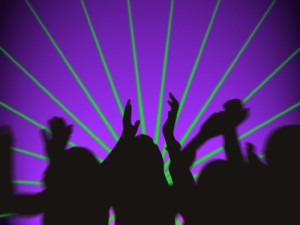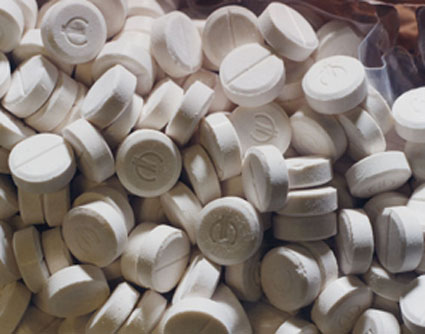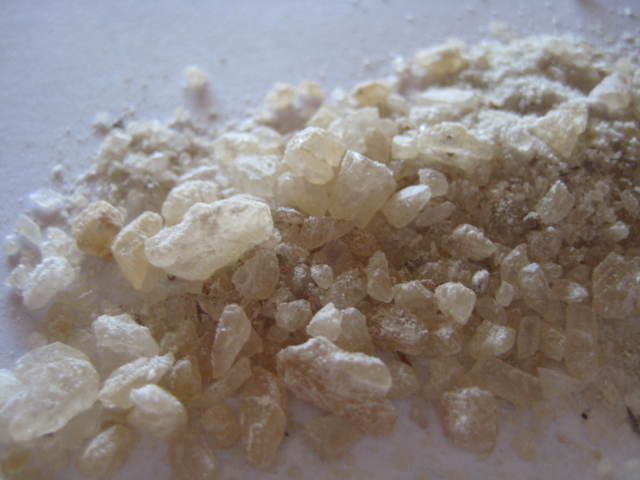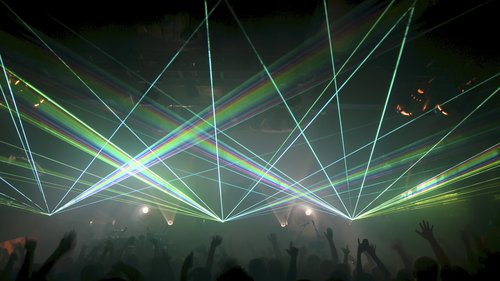Recently, you may have heard more and more people walking around campus talking about how hard they rolled last night. This does not mean that they were rolling around on their front lawn for hours at a time (or who knows, maybe they were) or, as one of my friends recently thought, that they rolled a lot of blunts. Instead, what they probably mean is that they did ecstasy or MDMA the night before.
While we may have connected ecstasy with many negative stigmas after learning about it in high school health classes, MDMA (more commonly referred to as “Molly”) does not seem to carry as much negativity with its name. The main difference between the two is purity. Ecstasy may often be laced with other drugs including Heroin, Speed, Cocaine, etc., causing the drug to be more of a loose canon. Knowing the drug’s content is uncertain causes increased fear and hesitancy when offered the drug, as it probably should.
First, let’s talk about MDMA, and how it may be a safer choice than ecstasy. MDMA, or methylene-dioxy-methamphetamine, can also go by many street names, including Molly, moonshards, and moonrocks. MDMA is an amphetamine that increases the amount of dopamine and serotonin in the brain, causing feelings of euphoria, a sense of intimacy with others, and diminished feelings of anxiety and depression. Doesn’t sound all that bad, right? Even so, there are many health risk hazards, which we will get to later.
MDMA has been available as a street drug since the early 1980’s but did not become popular until the 1990’s among college students with “raves,” nightclubs, and concerts. While pure MDMA is rare due to its purity, its popularity continues to grow. According to studies done by the National Institute on Drug Abuse, 10% of high school seniors have used MDMA within the past year, and is no longer restricted to “rave-goers.” Instead, the drug is now popular among people of all ages and all races, probably because the drug creates a huge sense of euphoria for the few hours after taking it.
So, what can you probably expect if you choose to take this drug (not to say I am in any way condoning its usage)? The drugs effects usually become apparent about 30 minutes after ingesting the pill, though the drug can also be taken in the form of powders and rocks. These effects may include a decrease in appetite, an increased sense of happiness and energy, rapid eye movements since the pupils are dilating, and the ability to dance for hours on end, especially if taken in a club setting.
Unfortunately, like most drugs, MDMA does have adverse effects as well. While the most obvious issue is that the drug is, of course, illegal, other side effects include: fatality if combined with other drugs like antidepressants (MAOIs), kidney infections and kidney stones, heatstroke mainly caused by severe dehydration, the rare effect of water toxicity, nausea, sweating, and involuntary teeth clenching. Because of these more common adverse effects, MDMA users are easy to spot because they are usually seen drinking water rather than alcohol at a club and sucking on lollipops to avoid teeth clenching.
Also, while the drug may make you feel awesome for the first few hours, the comedown is not so great. The serotonin levels in your brain are out of whack, causing anxiety, depression, and sleep problems over a longer period of time. You also tend to feel physically and emotionally drained and your usually mental capacities may be lessened, causing confusion.
After telling you both the amazing initial effects and the not-so-great adverse effects, what you need to decide is do the pros outweigh the cons? As drugs become more and more prevalent on our college campuses, we have some difficult decisions to make. Will taking this pill cause us to feel what its name implies: pure ecstasy? Or will this potential one-time event cause addiction, or the rare effect of death after just one try? The answer is never certain, but you can only hope for one thing: if you choose to take the drug and do not suffer severe side effects, you may just have the best night of your life.







